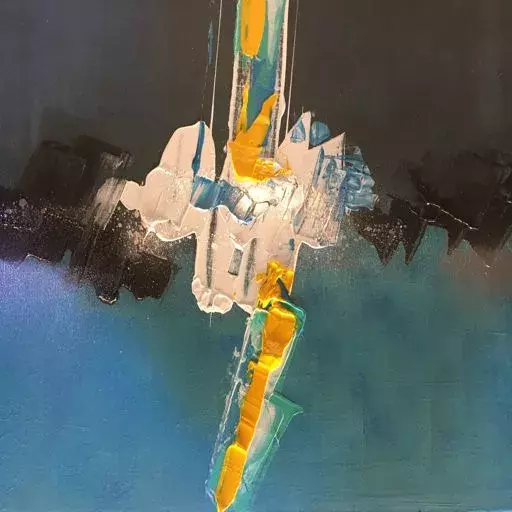

Came here to post that.
He/him
Formerly on .world.


Came here to post that.
Just tried 100% + large text on Gnome, it feels much better than 125% scaling, thanks for letting us know it’s a possibility!
After spending a few months on the FW16, going back to a 16:9 laptop feels… wrong. Like there’s a ton of vertical space missing. Everything except watching movies benefits from a little bit more vertical space.
I’ve never heard of Linux destroying a Windows partition unless there’s a blatant user error.
Windows randomly nuking the EFI partition is very much more a reality.


First keeb soldered, second keeb soldered too, third keeb designed, 3D printed and handwired 😅
Yeah Cura feels a bit raw sometimes. I switched to Orca a couple weeks ago and although I can’t say there’s a massive difference in print quality, printing itself looked and sounded much smoother. I think Orca is more careful about acceleration than Cura.
deleted by creator
Your OS doesn’t matter. Printers are dumb and only understand Gcode, which is basically a series of steps to follow for printing your part (move the head this amount in that direction while extruding that much etc.). Producing that code is the slicer’s job. What you want is a slicer that works perfectly on Linux. And good news, all open-source slicers work perfectly on Linux. What you need tho is a slicer that includes your printer’s profile.
Try Cura or Prusaslicer (available as Flatpaks) or Orcaslicer (Appimage for now but will move to Flatpak eventually).
Hardware acceleration mostly.
Oh yeah thanks I forgot about brew. TBH the only uBlue machine I’m currently playing with is destined to be my dad’s new computer, so he’s not expected to get anywhere near the command line :D
You can layer basically any RPM onto the base system with rpm-ostree, but it’s slow and inefficient, or you can install anything from any distro by spinning a container with Distrobox and exporting the command to your main system.
Regular Linux distros have 30+ years of history. It’s what most of us are used to. Immutable/atomic/transactional OSes are relatively recent hence the relatively low adoption rate.
Also, atomic OSes are, by nature, much harder to tinker with. After all, the goal is to provide the exact same image for all users. As a power user, it’s a bit frustrating. As a new user, having a virtually unborkable system is excellent.
If you plan on installing an atomic variant of Fedora, may I suggest uBlue Aurora instead of Fedora Kinoite? It is based on Silverblue/Kinoite but includes by default, among other QOL improvements, the restricted-licence codecs that must be manually installed in official Fedora products.


Thanks for the feedback!
I’m pretty happy with the transparencies tbh. Although on mine, there seems to be two sides, one that gives a fuzzy dirty effect with a lot of stray toner around the actual print (looks like static), and the other side that gives perfectly crisp prints. Unfortunately I can’t really tell the sides apart.
Apart from that small speck of dust that prevented the transfer at the top left of the logo, the sheet came out perfectly clean, the totality of the toner was transferred to the dial. For PCB transfers where you could probably keep the sheet intact (I had to cut mine to fit between the applied indices), that would also mean the sheet would be almost indefinitely reusable.


Thanks <3


If you can clamp a whole PCB on the bed, that’s a perfect application ;)


Here you go ;) https://lemm.ee/post/35636122
I 100% agree with you, a professionally made dial is a work of art and should be absolutely perfect at any magnification. This is just a fun, cheap summer watch project for my own enjoyment ;)
The best looking alternative would have been to have the logo made by electroforming. They look perfect and very professional. Unfortunately the MOQs are usually quite large and therefore expensive, I couldn’t justify spending half the price of this project just on a logo (even if I had enough spare logos for several lifetimes).


It’s a tool first and foremost. If you’re professionally using a power drill all day everyday, you’ll want a very good one that’s powerful, reliable and comfortable to use. If you professionally type all day everyday, you’re absolutely entitled to use a keyboard that perfectly fits your preferences in terms of feel, comfort, feedback and layout.
★☆☆☆☆
Substituted a knife for the spoon and caulk for peanut butter. Awful taste, horrible recipe. Do not recommend. Would put zero stars but it won’t let me.
Karen, MO